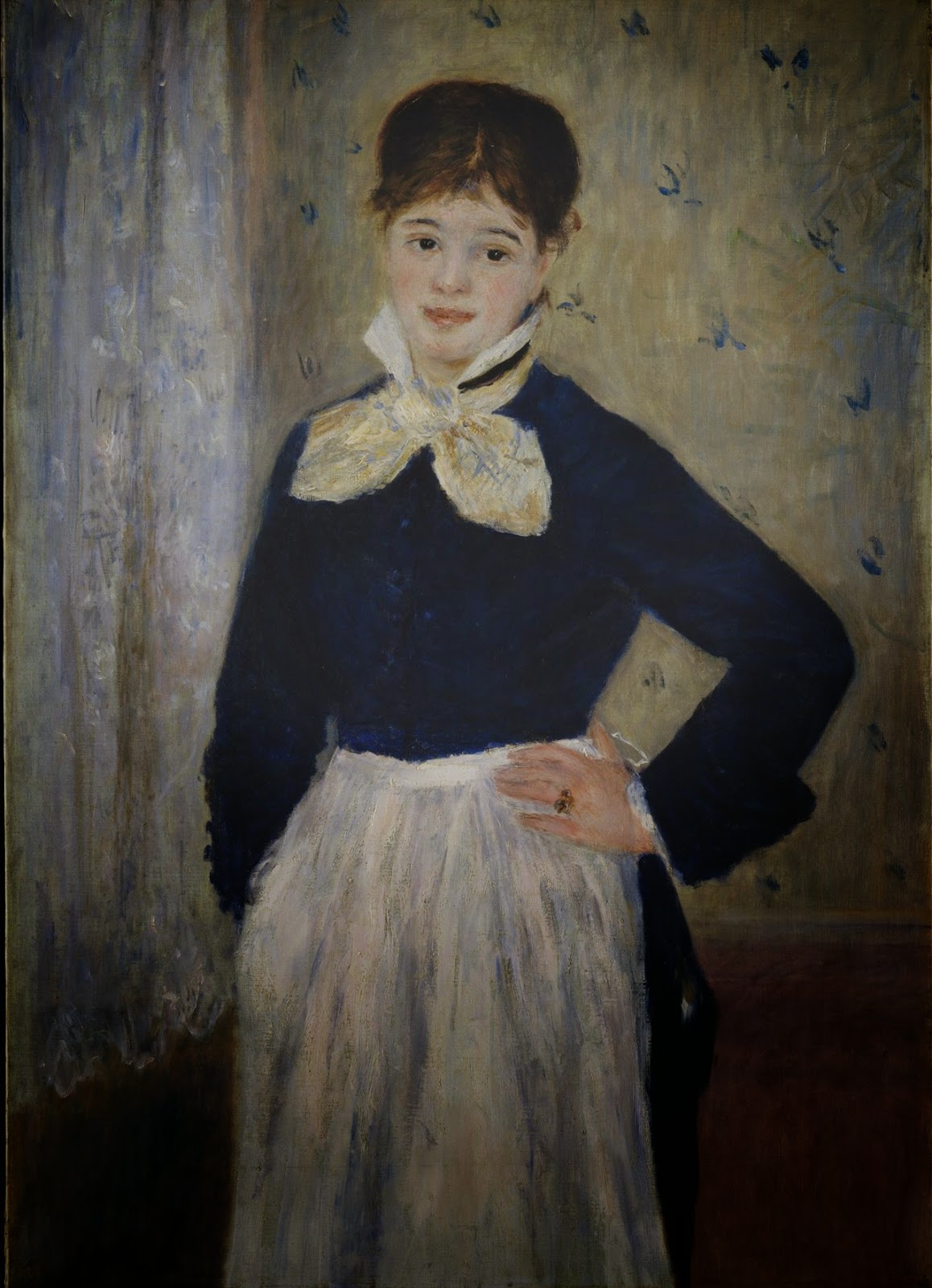Her forehead crisscrossed with jewels, the sitter of this portrait displays a pink, or carnation, a symbol of love and marriage.
The gilt picture frame visible in the background locates her in a luxurious interior, but her pensive expression elevates the portrait beyond a mere statement of status.
If scholars are correct in identifying the sitter in the pendant portrait hanging next to this one as auctioneer Pieter Haringh, then the woman who appears here must be his wife, Elisabeth Delft. | Source: © Metropolitan Museum of Art
Rembrandt | Woman with a Pink, early 1660s | Metropolitan Museum of Art

.jpg)
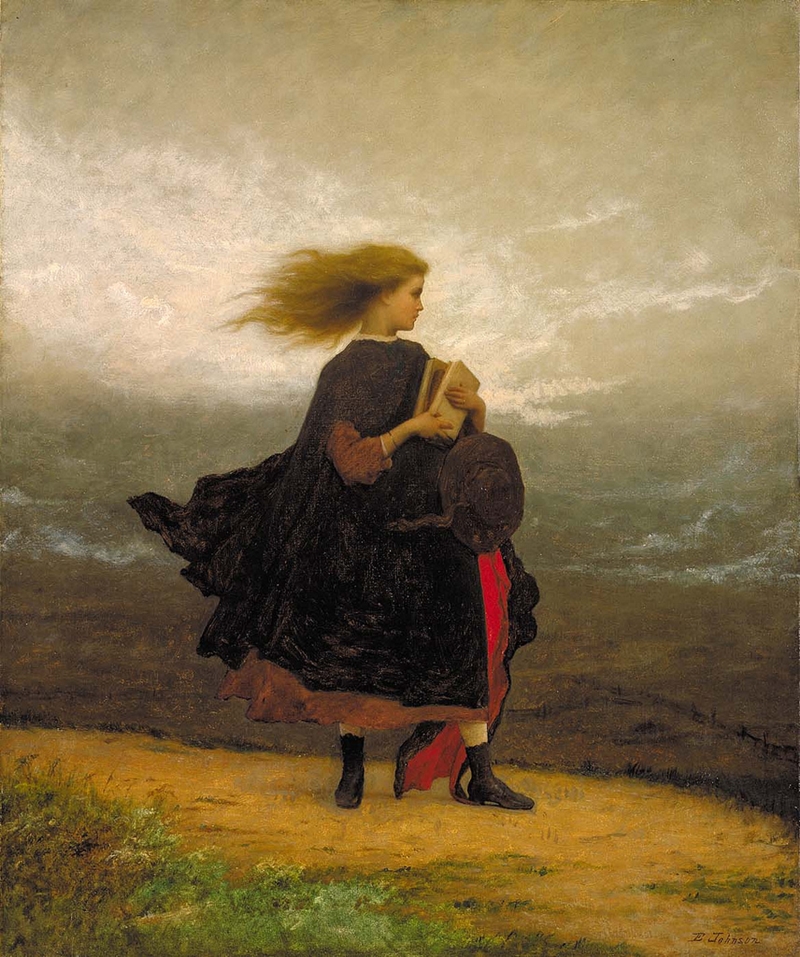.jpg)





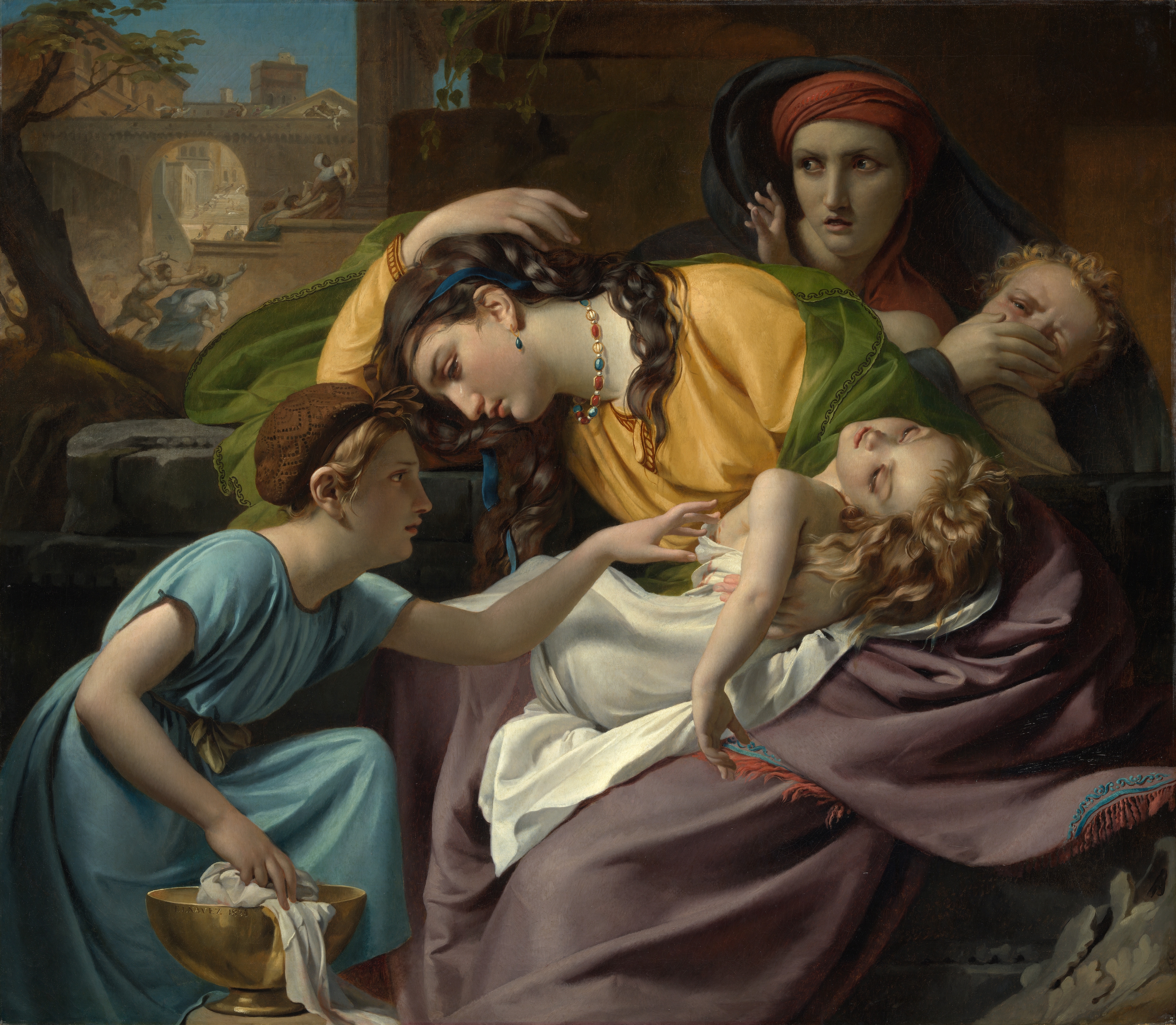
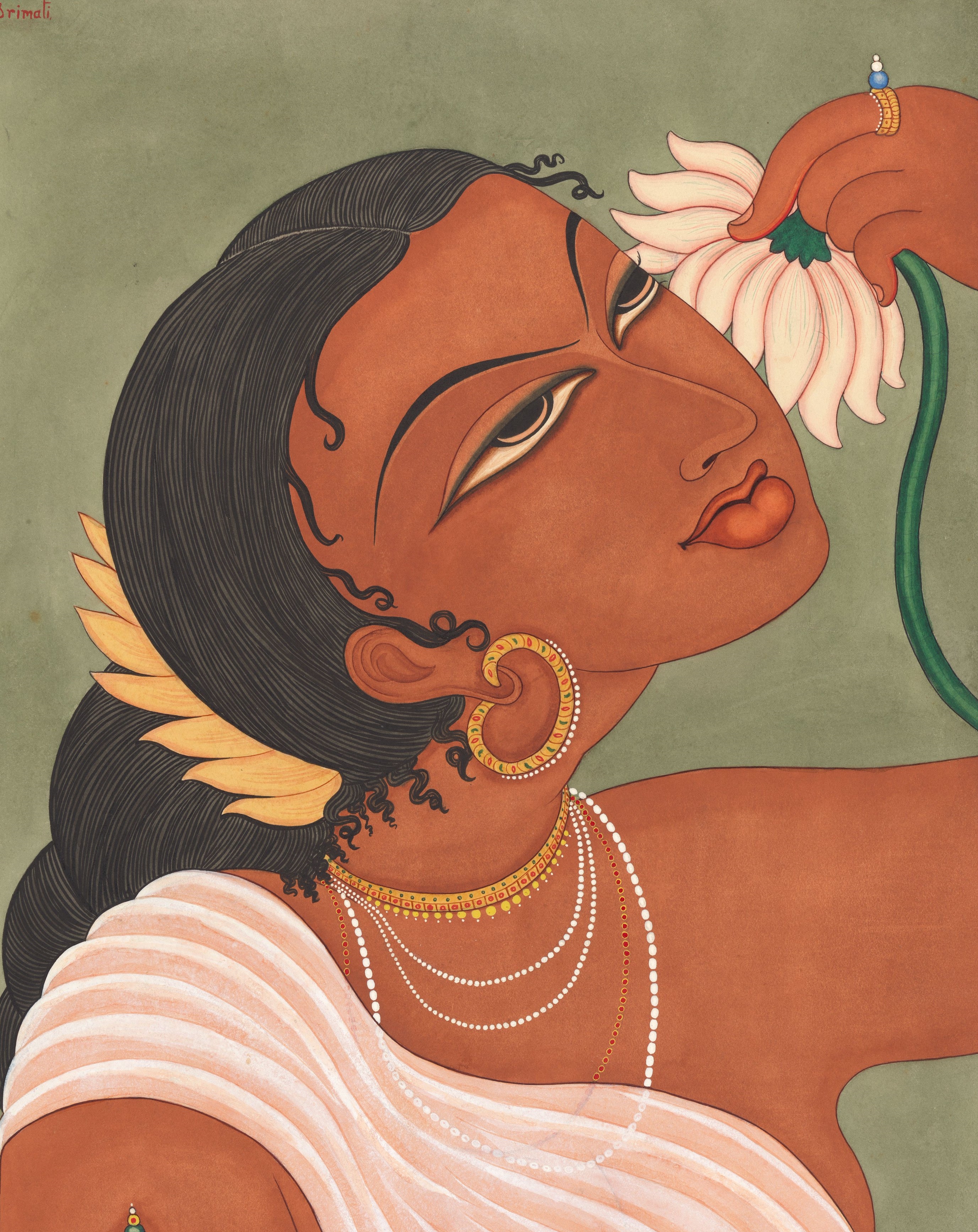
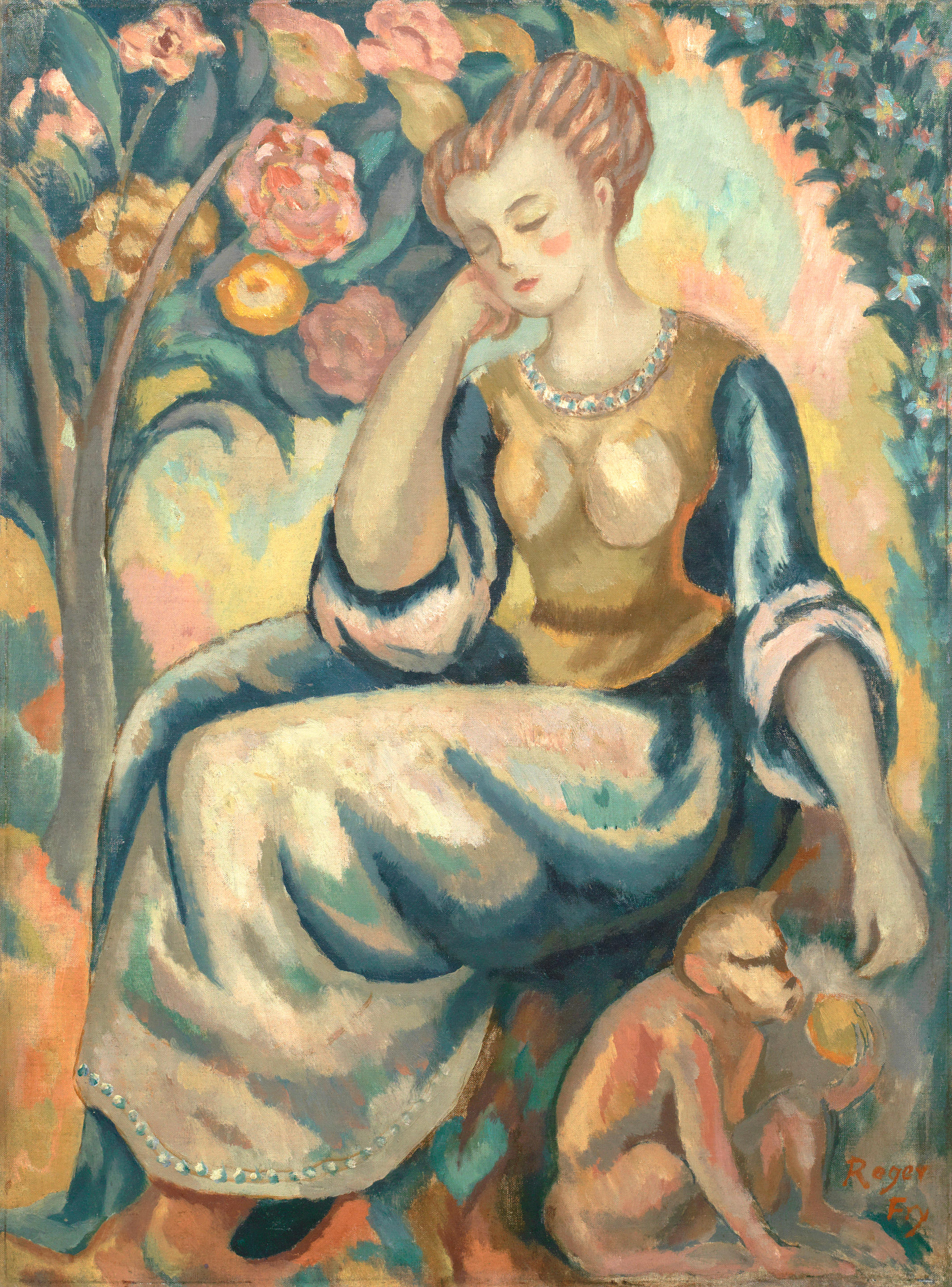


%2B-%2BCactus.jpeg)
